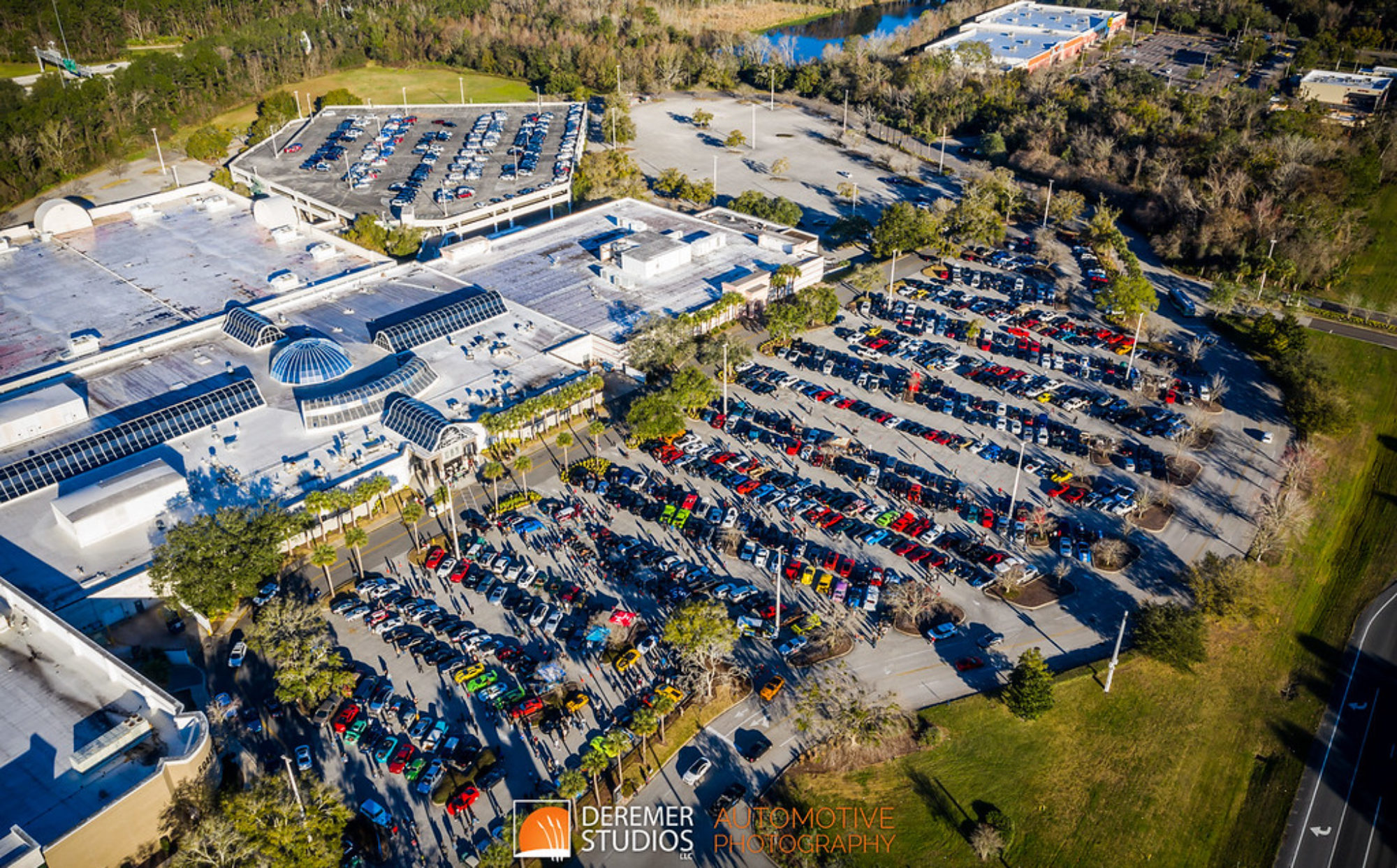Once an either/or scenario, thanks to today’s tiny but robust turbocharged engines manufacturers can offer family-friendly vehicles that provide strong performance AND surprisingly good fuel economy. For instance, Subaru’s new Legacy Limited XT is a spacious mid-size all-wheel-drive sedan that goes from 0-60 mph in 6.1 seconds and offers 24/32 mpg city/highway. While neither statistic is record breaking, having the two together in a vehicle that comfortably seats five adults is worth talking about.

Legacy’s First Turbocharged Engine Since 2012
The 2.4-liter turbocharged BOXER engine produces 260 horsepower and 277 lb-ft of torque across a wide powerband. Those figures result in decent acceleration in the vast majority of real-world scenarios. The CVT transmission won’t win over many enthusiasts, but the fuel-efficient gear changer works well and does what you ask. Further, the new CVT reduces power loss by 32 percent compared to the previous Legacy’s engine to the wheels power sender. Zero to sixty zips by in 6.1 seconds and fuel economy is rated at 24/32 mpg city/highway

The base model Legacy is powered by a normally aspirated (non turbo) 2.5-liter BOXER engine. With 182 horsepower and 176 lb-ft of torque the engine is just powerful enough for use as a comfortable daily driver. The CVT transmission helps the non-turbo Legacy achieve 27/35 mpg city/highway, but means it takes an extra 2.3 seconds to get to sixty miles per hour from a stop (8.4 seconds).
Driving the Legacy
Thanks to an all-new suspension, the 2020 Legacy is comfortable on the road. The all-wheel-drive system provides added traction and is helpful in less than ideal weather. Subaru claims that the new model offers the “highest levels of dynamic performance and ride comfort” in the vehicle’s history and we won’t argue. The 2020 model is step above the 2019 in both areas. Steering is precise, but forgiving. Braking provides a high level of confidence.

Our approach to the 2020 Legacy, even with the turbocharged engine, is that of a confident family sedan. Those looking for a sportier Subaru will be better off checking out the WRX or WRX STI, which have similar engines, but are more focused toward the enthusiast who needs four doors.
New Design, but Undoubtedly Subaru
Fender flares, an bit of an athletic stance and overall design give the new Legacy a more youthful appearance. Fans of the manufacturer will immediately recognize the sedan, there is no doubt that the Legacy is a Subaru.

The interior is a touch more upscale than the outgoing model. Soft touch surfaces abound and the fit and finish is excellent. Rear seat passengers are given plenty of legroom and three adults can be comfortably escorted around town, given that they like each other. Two adults will find the rear seats quite comfortable, even for cross-country vacations.
Unfortunately, the Legacy’s 15.1 cubic feet of cargo space is among the smallest in the mid-size family sedan segment. Honda’s Accord (16.7) and the Hyundai Sonota (16) offer more space, although the Legacy does match Camry’s 15.1 cubic feet.
Technology
Jump in the front seat of the Legacy XT and you’re immediately confronted with a massive all-new tablet-style 11.6-inch multimedia display. Subaru’s infotainment system display features direct touch controls for multimedia, HVAC and vehicle settings. The configurable set up is similar to a smartphone device, providing “apps” that can be moved and configured by the owner.

Base Legacy models are equipped with an all-new multimedia system with dual 7.0-inch displays that split multimedia and HVAC controls.
Infotainment features on both systems include Apple CarPlay, Android Auto and new “STARLINK SmartDeviceLink” apps, Bluetooth, a rearview camera, Satellite radio and HD Radio. In-car Wi-Fi is available.
Pricing
The 2020 Subaru Legacy starts at $22,745 plus fees. Our Limited XT model as-tested price was $35,095 inclusive.






















































